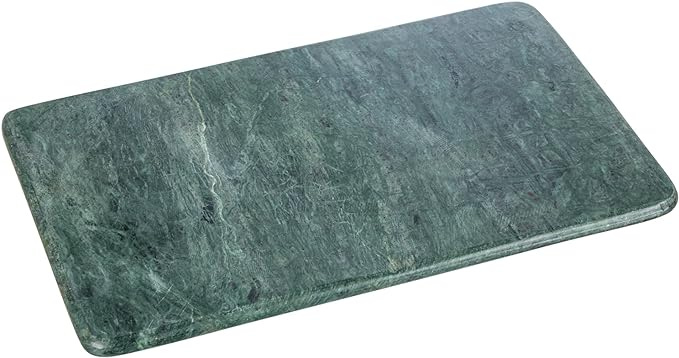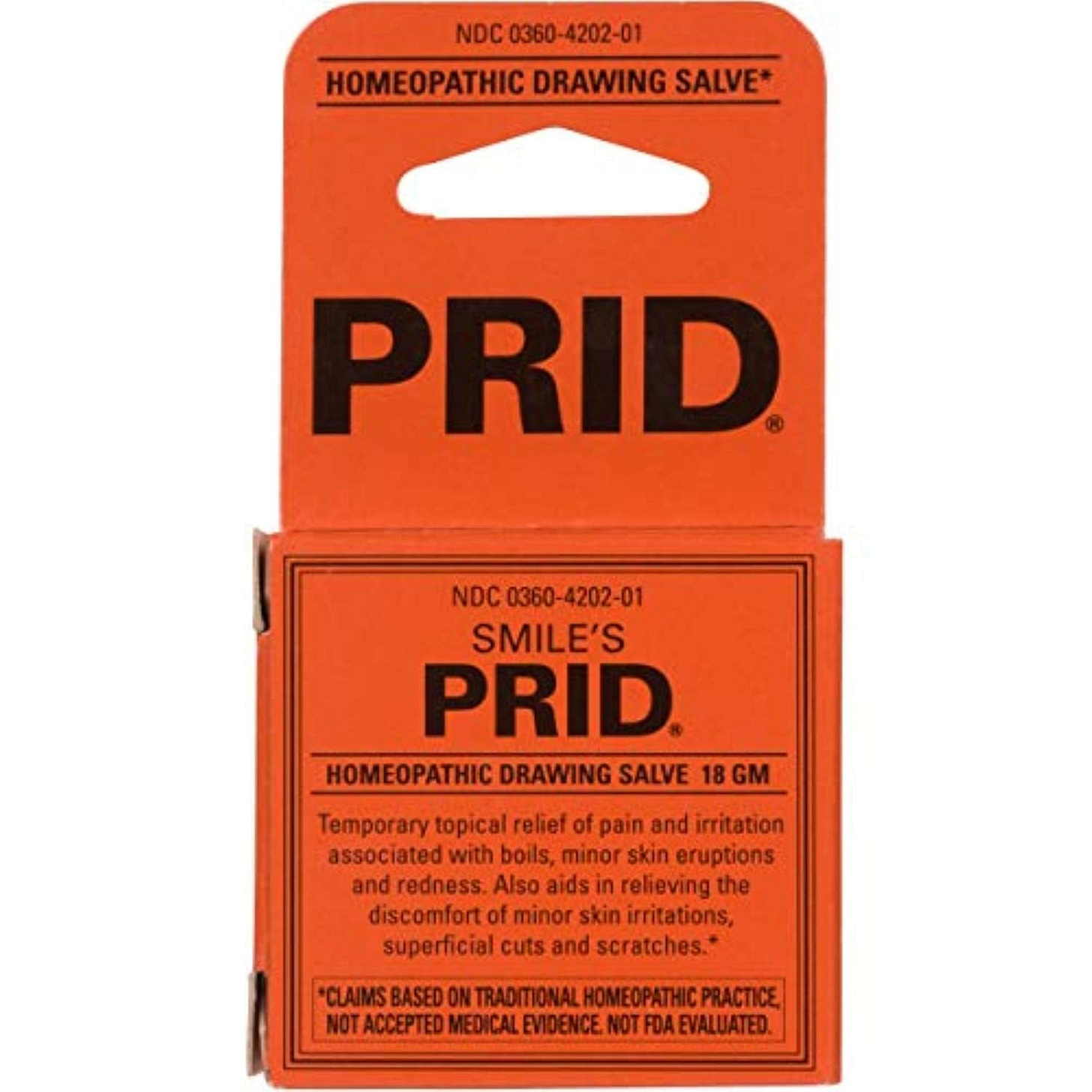Pass the Salt
Microplastics: A Guide to Salt and Cutting Boards + America's Health Crisis with RFK Jr.
MICROPLASTICS
You’ve probably heard of microplastics at this point. A 2019 study found that we may ingest approximately 5 grams of microplastics every week - the equivalent weight of a credit card.
Shed from water bottles, cutting boards, clothing, and more, microplastics are inhaled or ingested. These plastic fragments – less than 5 millimeters in size – pose various health risks. Among them the disruption of endocrine and reproductive systems (plastics can contain xenoestrogens which are chemicals that mimic estrogen in the body) and the increased risk of cancer.
While seemingly unavoidable in our modern world, some easy swaps – such as the cutting boards and salt you use, as just a few examples – help mitigate exposures.
SALT
“Of the consumables studied, those with the highest recorded plastic levels include shellfish, beer and salt.” - WWF
Microplastics in salt are sneaky and perhaps unexpected, but reports have found 90% of commercial sea salt brands contain them. Detailed reports can be found here, here, and here. (Traditional table salt is another issue; it is highly refined, bleached, and stripped of natural minerals, with added caking agents).
My go-to salt is Redmond Real Salt:
“Since Real Salt comes from an ancient, underground salt deposit, we consider it ancient sea salt. And this ancient sea salt has a lot of advantages over its more modern counterparts. First off, it's protected from modern pollutants like microplastics by layers of volcanic ash and clay.” Redmond

CUTTING BOARDS
Plastic cutting boards can release microplastics with each cut with studies outlined here and here.
Safer options: glass, bamboo, wood, & marble
RANDOM TIDBIT
I recently got a bad splinter “helping” with a home improvement project. I ordered the homeopathic salve PRID, encouraged by claims it “draw(s) out irritations from under the skin caused by splinters, boils, thorns, ingrown hairs, bug bites and more.”
Ingredients such as arnica and sulphur did indeed help with inflammation and tenderness. The salve would also be useful in a hiking/camping bag given it helps with bug bites and minor cuts.
WORTH A LISTEN
I believe there’s one thing we can all agree on: a healthy, abundant life is a worthy pursuit individually and collectively. In that spirit, I felt it important to include a breakdown of RFK Jr.’s speech where he outlines America’s health crisis and the critical changes needed to turn the tide.
Specific Health Takeaways:
We spend more on healthcare than any country in the world, twice as much as Europe, and yet we have the worst health outcomes of any nation
America ranks 79th in health outcomes behind Costa Rica, Nicaragua, and Mongolia with the highest chronic disease rate in the world
66% of Americans suffer from chronic disease - an increase from less than 1% to 66% in 50 years
74% of Americans are overweight or obese
50% of Americans have pre-diabetes or type 2 diabetes
1 in 4 women are on anti-depressants
Children/Young Adults:
50% of American children are overweight or obese - compared to only 3% of Japanese children
1 out of 3 children are diabetic or pre-diabetic
The autism rate was 1 in 150 in the year 2000, now it’s 1 in 36 according to the CDC… His generation (70- year old man) autism rates were 1 in 10,000
77% of young adults are now ineligible for military service
1/5 teenagers now have fatty liver disease, a disease that historically only affected late-stage alcoholics
Skyrocketing young adult cancer rates: up 79%
40% of teens have a mental diagnosis
15% of high schoolers are on Adderall
Half a million children on SSRIs
"Why are we allowing this to happen to our children? These are the most precious assets that we have in this country; how can we let this happen to them?"
What's causing this suffering?
Ultra-processed food: 70% of a US child’s diet is ultra-processed food (industrially processed in a factory) including processed sugar, ultra-processed grains, and seed oils
Chemicals in food that are ultra-addicting. These didn't exist 100 years ago and we’re not biologically adapted to eat them (many of which are banned in Europe)
Toxic chemicals in food, medicine, and our environment. Many of these chemicals increase estrogen
The US has the earliest puberty rate
Breast cancer (estrogen-driven) now strikes 1 in 8 women
"Pesticides, food additives, pharmaceutical drugs, and toxic waste permeate every cell of our bodies… The assault on our children's cells and hormones is unrelenting."
Damage to the country's economy and industries:
Today's healthcare spending is almost all on chronic disease ($4 trillion), 2x our military budget
Fastest growing line in the federal budget
Food industry lobbies for agricultural subsidies for commodity crops; the feedstock of the processed food industry
8x greater subsidies for tobacco than for fruit and vegetables
“These policies are destroying small farms and they're destroying our soils.”
Minority communities suffer disproportionally
“Industry lobbyists have made sure that 70% of food stamps and about 77% of school lunches are processed foods.”
Ozempic:
Ozempic recommended for children as young as six (costs $1,500 a month); obesity barely existed 100 years ago
Novo Nordisk - Danish company that produces Ozempic
Virtually all the company’s value is based on the amount of Ozempic it will sell to America
"A sick child is the best thing for the pharmaceutical industry. When American children or adults get sick with a chronic condition, they're put on medication for their entire life.”
Plans for Change:
1. Root out corruption in our health agencies. Staff with honest scientists and doctors free from industry funding. Consumers need to make decisions based on unbiased science
80% of NIH grants go to those with conflicts of interest
The panel that decides the food pyramid, school lunch programs, and food stamp program - all from processed food companies; it’s a corrupted & conflicted system
FDA, USDA, and CDC are controlled by giant, for-profit corporations
75% of the FDA's funding comes from pharma. Pharma executives and lobbyists cycle in and out of these agencies
2. Change incentives in our healthcare system
3. Inspire Americans to get healthy again
"Ultimately, the only thing that will save our country and our children is if we choose to love our kids more than we hate each other." - RFK Jr.
Casey & Calley Means Interview
Dr. Casey Means is a Stanford-educated former surgeon. Her brother, Calley Means, is a former lobbyist for pharma and the food industry. In this podcast they break down many of the statistics stated above and their causes at an incredibly impressive level of detail. They’re both whip-smart and bold; one of the more impactful podcasts I’ve ever heard.
Take care this holiday weekend. - BB.
Previous Posts
Posts on the substack app may contain affiliate links where I earn a small commission from purchases. Thank you for trusting my recommendations and supporting the newsletter.











Powerful read!
She's a force! So knowledgeable and passionate about changing the broken system.